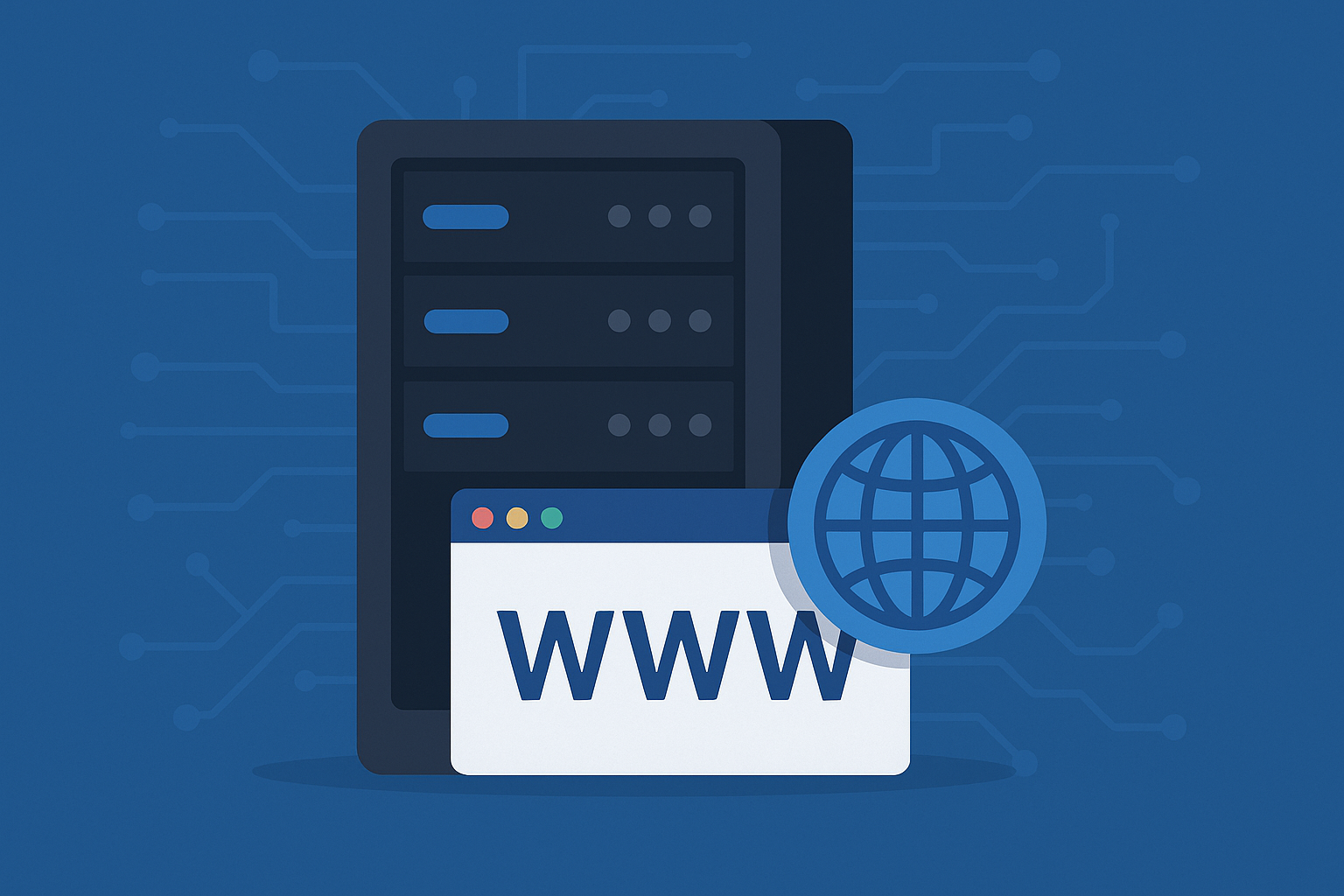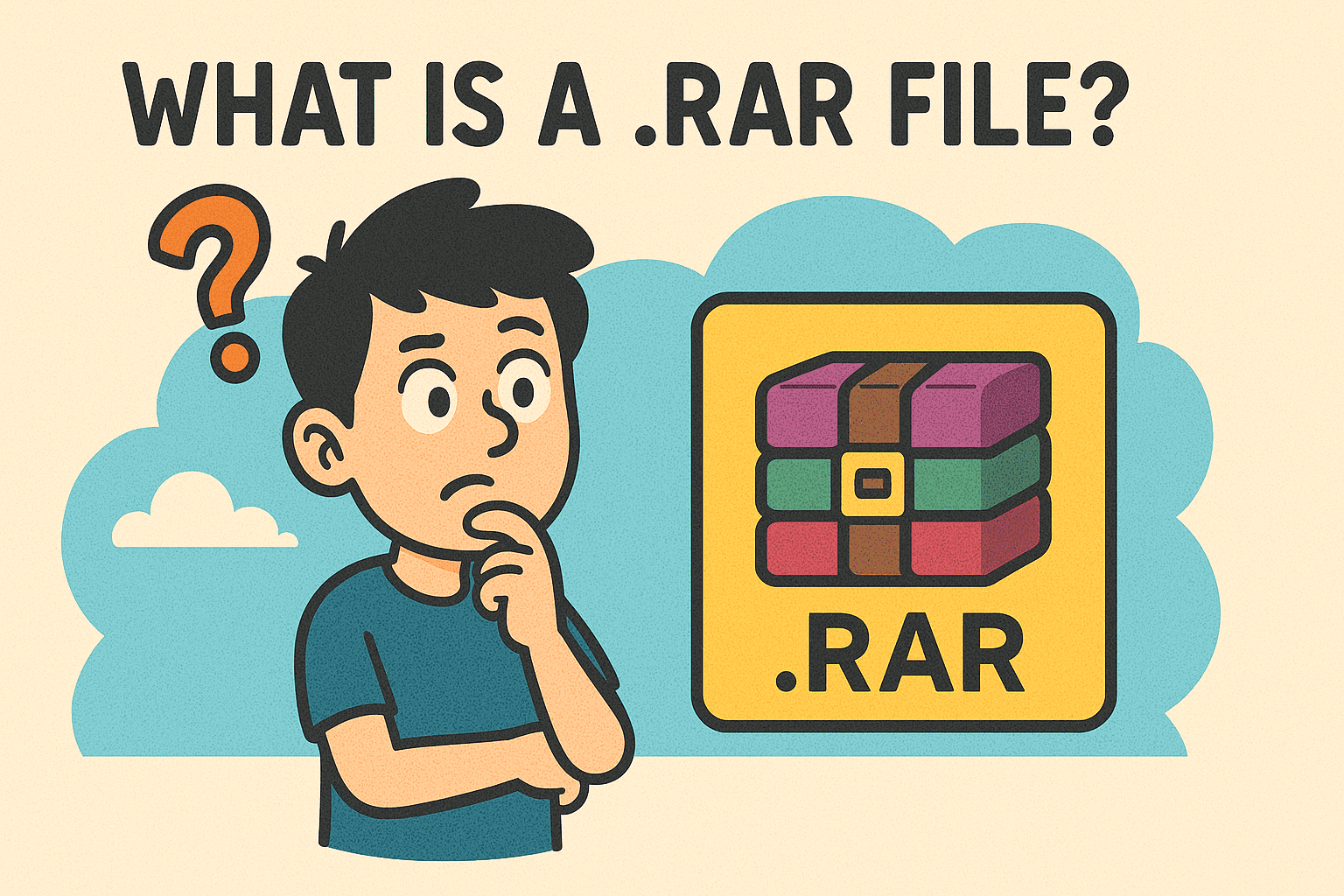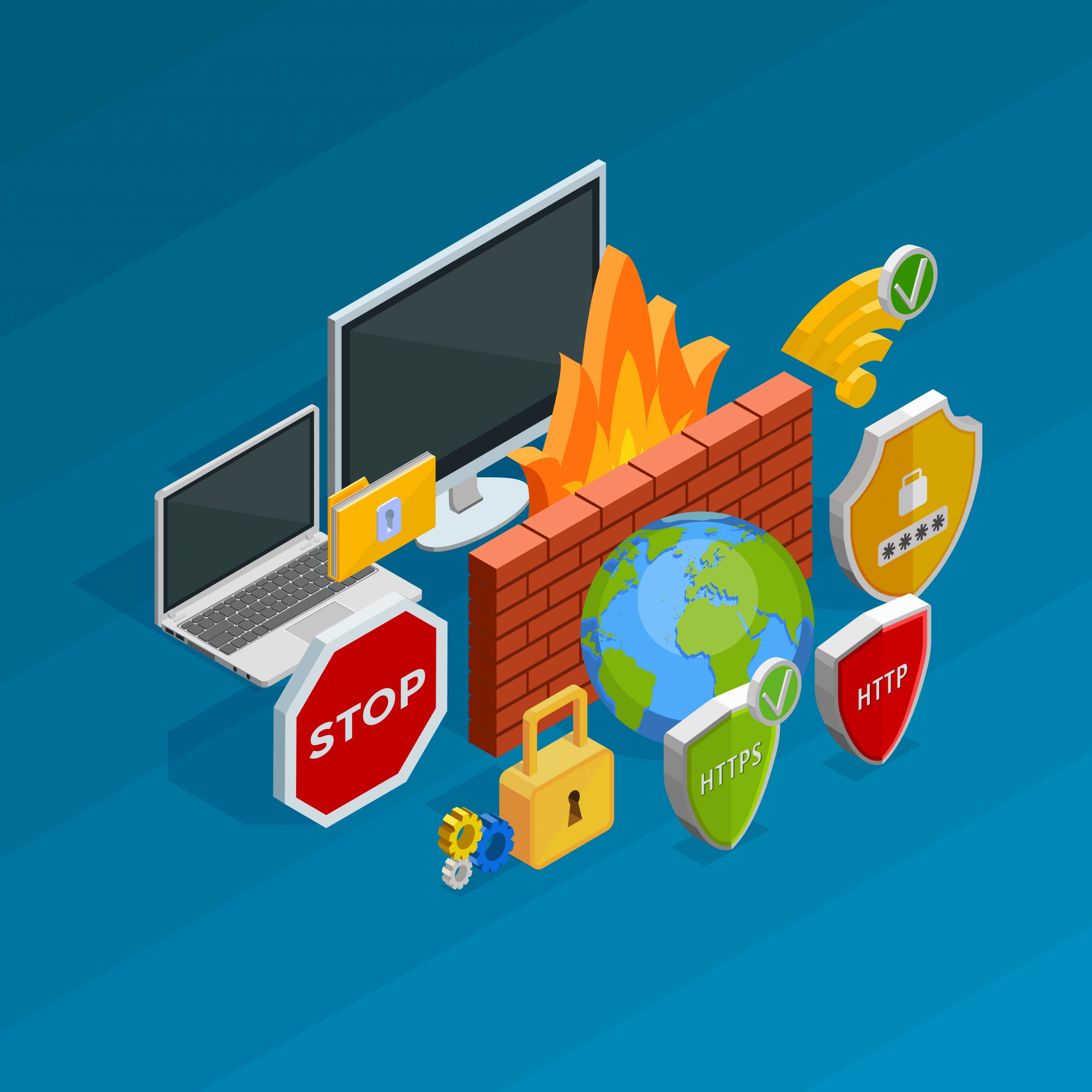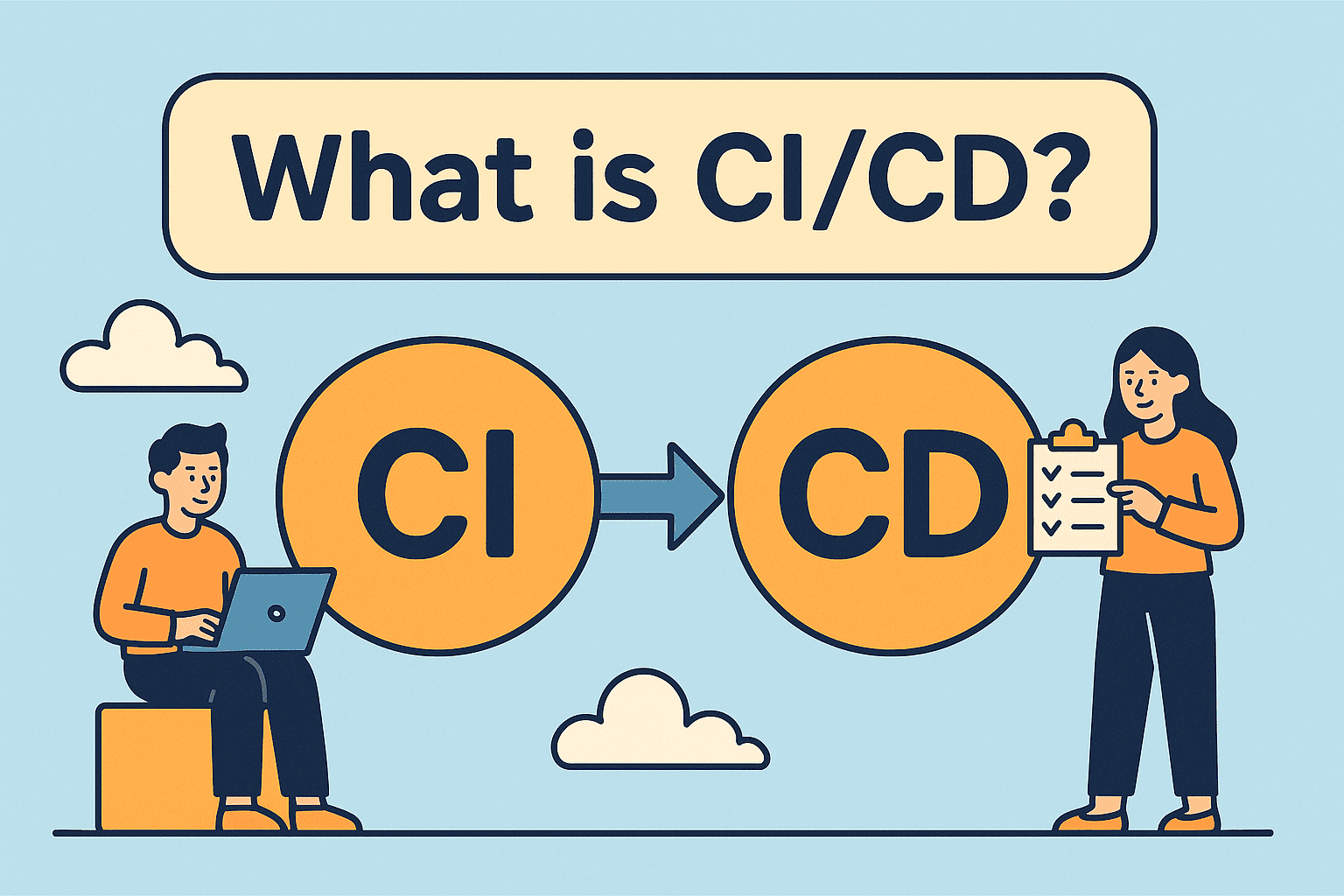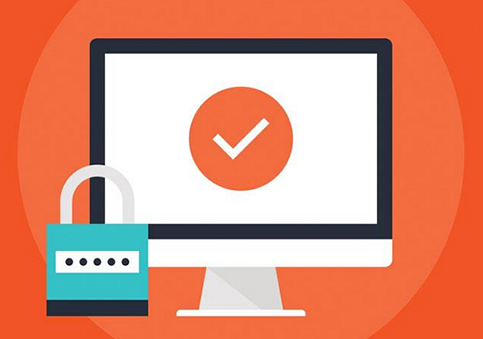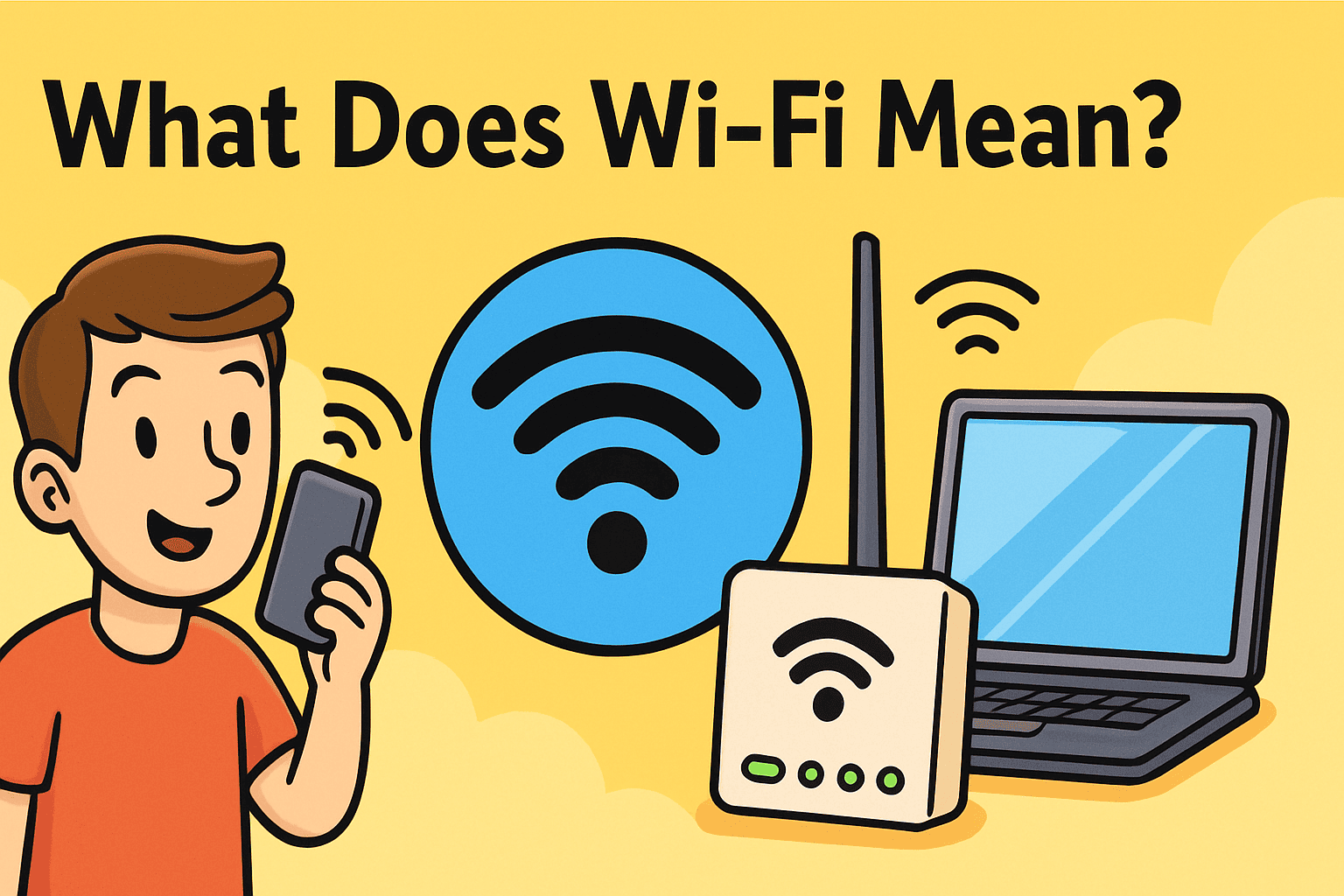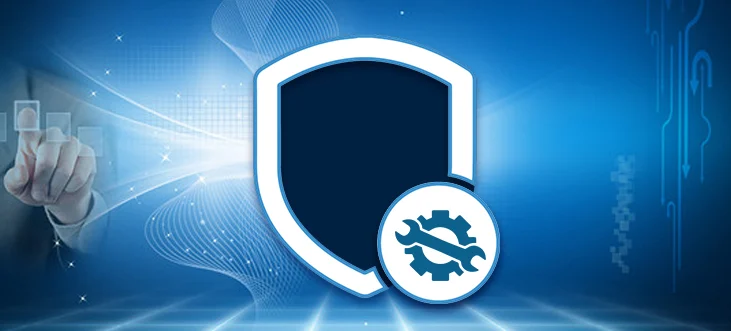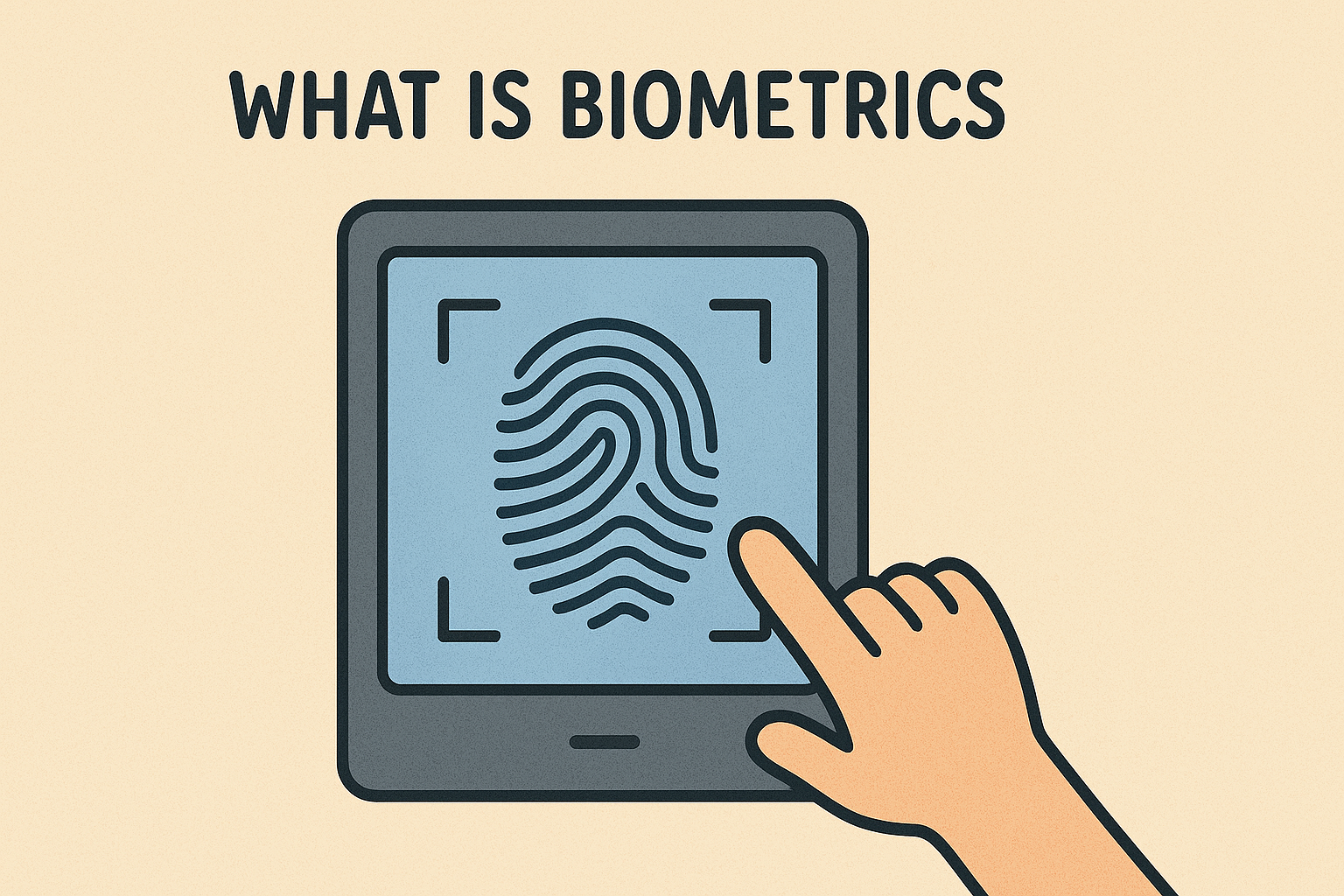What Is a Botnet? A Comprehensive Guide to Understanding and Preventing Cyber Attacks
Updated on October 31, 2025, by Xcitium
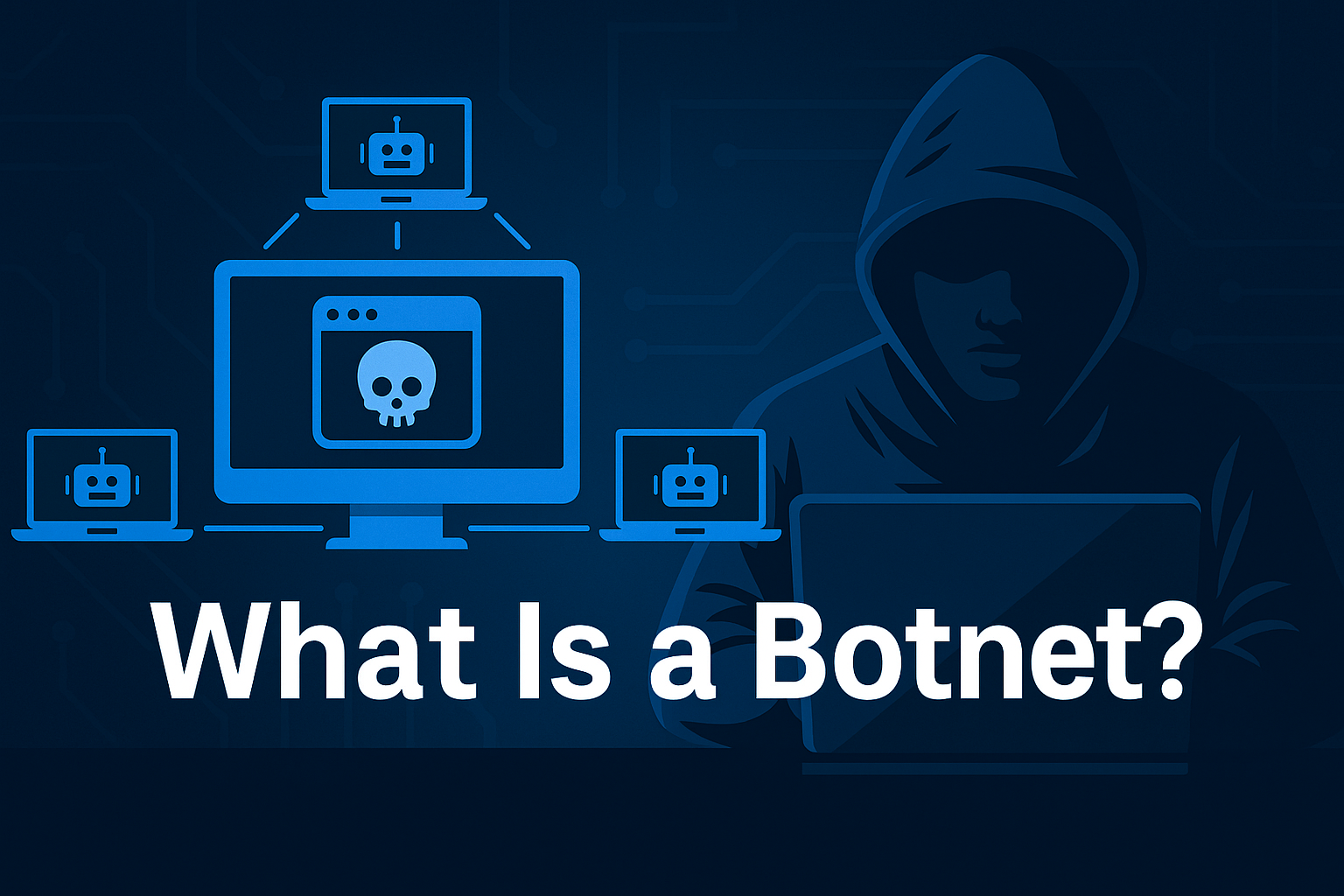
magine thousands of infected computers working together—silently—executing cybercriminals’ commands without their owners knowing. This isn’t science fiction; it’s the reality of a botnet. In the ever-evolving landscape of cybersecurity, understanding what a botnet is and how it operates is critical for protecting your digital assets.
In this article, we’ll break down the concept of botnets, explore how they function, their impact on cybersecurity, and the best strategies to defend against them.
What Is a Botnet?
A botnet (short for robot network) is a network of computers or devices infected with malicious software that allows attackers—known as botmasters or bot herders—to control them remotely. Each infected device, known as a bot or zombie, becomes part of a large-scale network used to perform coordinated attacks, steal data, or spread malware.
How Botnets Work: A Simple Overview
-
Infection Phase: Cybercriminals use phishing emails, malicious links, or infected downloads to compromise devices.
-
Connection Phase: The malware connects each infected device to a central Command-and-Control (C&C) server.
-
Execution Phase: The botmaster sends instructions to all infected systems simultaneously—like launching a Distributed Denial-of-Service (DDoS) attack or stealing login credentials.
How Botnets Operate Behind the Scenes
Botnets are built for stealth and scalability. Once infected, each device quietly performs the attacker’s commands, often without the user noticing.
The Life Cycle of a Botnet
-
Recruitment: Hackers exploit vulnerabilities or social engineering to infect devices.
-
Command and Control (C&C): Infected bots communicate with the attacker’s server.
-
Execution: The botnet carries out tasks such as spamming, data theft, or ransomware distribution.
-
Monetization: Attackers sell stolen data, lease botnet access, or use it for crypto-mining.
Common Types of Botnet Architectures
-
Centralized Botnets: All bots report to a single C&C server—easier to manage but easier to shut down.
-
Decentralized (P2P) Botnets: Each bot communicates with others in a peer-to-peer model, making it difficult to detect or disrupt.
-
Hybrid Botnets: Combine centralized and decentralized features for flexibility and resilience.
Common Types of Botnet Attacks
Understanding botnet attacks is vital for IT and cybersecurity teams. These attacks vary in scale and objective, but all can cause significant operational damage.
1. Distributed Denial-of-Service (DDoS) Attacks
One of the most notorious uses of botnets. Attackers flood a target’s network with massive traffic, overwhelming servers and causing outages.
Example: The 2016 Mirai botnet attack took down major platforms like Twitter, Netflix, and Amazon.
2. Spam and Phishing Campaigns
Botnets distribute millions of spam emails daily, often used to spread malware or conduct phishing schemes.
3. Credential Stuffing
Infected bots use stolen login data to access user accounts across multiple sites.
4. Data Theft
Botnets capture sensitive data like banking credentials, personal information, or intellectual property.
5. Crypto Mining (Cryptojacking)
Some botnets secretly use infected devices’ processing power to mine cryptocurrencies.
Examples of Infamous Botnets
Botnets have evolved into some of the most powerful cyberweapons. Here are some well-known examples:
| Botnet Name | Year Active | Primary Purpose | Impact |
|---|---|---|---|
| Zeus | 2007–2010 | Banking credential theft | Stole millions globally |
| Mirai | 2016 | DDoS attacks using IoT devices | Brought down major websites |
| Emotet | 2014–2021 | Malware distribution & phishing | Infected hundreds of thousands of systems |
| Cutwail | 2007–Present | Spam campaigns | Sent billions of spam emails per day |
How Botnets Infect Devices
Botnet infections often occur through common vectors of vulnerability:
1. Phishing Emails
Attackers send deceptive emails with malicious attachments or links.
2. Malware Downloads
Free software, pirated media, or infected ads may contain hidden botnet malware.
3. Exploiting Vulnerabilities
Unpatched systems or weak passwords are easy targets for botnet infections.
4. IoT Device Exploitation
Smart devices—like cameras, routers, and sensors—are often poorly secured, making them ideal entry points for botnets.
5. Social Engineering
Users are tricked into installing seemingly harmless programs that secretly connect to a botnet.
Why Botnets Are a Major Cybersecurity Threat
The scale and sophistication of botnets make them particularly dangerous for both businesses and individuals.
1. Massive Attack Potential
Even a small botnet can generate gigabytes of traffic per second, enough to take down corporate networks.
2. Automation and Anonymity
Attackers can control thousands of devices remotely while remaining anonymous.
3. Financial and Reputational Damage
Downtime, data loss, and public exposure can cost millions—and permanently damage brand trust.
4. Weaponization in Cyber Warfare
Nation-states have used botnets for espionage, misinformation campaigns, and digital sabotage.
How to Detect a Botnet Infection
Early detection is key to limiting damage. Below are indicators that a system may be part of a botnet:
Warning Signs
-
Unexplained slow internet or device performance
-
Unknown background processes running
-
Unusual outbound network traffic
-
IP addresses blacklisted for spam
-
Unexpected system crashes or reboots
Detection Tools
-
Network Monitoring Software – Tools like Wireshark and SolarWinds can identify suspicious patterns.
-
Endpoint Detection & Response (EDR) – Advanced EDR systems like Xcitium Endpoint Protection isolate infected endpoints in real time.
-
Threat Intelligence Feeds – Help identify emerging botnet-related IPs and domains.
Preventing Botnet Infections: Best Practices
1. Keep Systems Updated
Regularly patch operating systems, applications, and firmware to eliminate known vulnerabilities.
2. Use Strong Authentication
Enable multi-factor authentication (MFA) to protect against credential-based attacks.
3. Deploy Endpoint Protection
Use advanced endpoint protection software that detects and quarantines malicious activity before it spreads.
4. Monitor Network Traffic
Anomalies in outbound traffic can indicate compromised devices within your network.
5. Secure IoT Devices
Change default passwords, disable unused ports, and regularly update device firmware.
6. Employee Cyber Awareness Training
Humans are often the weakest link. Regularly educate staff on recognizing phishing attempts and suspicious activities.
The Role of AI and Machine Learning in Botnet Detection
Modern cybersecurity solutions integrate AI-driven analytics to predict and identify botnet patterns more effectively.
AI Enhancements Include:
-
Behavioral Analysis: Identifies unusual traffic patterns.
-
Anomaly Detection: Detects outliers in normal operations.
-
Automated Response: Instantly isolates or blocks infected endpoints.
With the rapid adoption of machine learning (ML), detecting sophisticated botnets like peer-to-peer (P2P) or fileless malware is becoming faster and more accurate.
Botnet Mitigation and Response Strategies
Even with proactive defense, infections may still occur. A solid incident response plan can limit damage.
Step-by-Step Mitigation Process
-
Identify and Isolate Infected Systems: Disconnect compromised devices from the network immediately.
-
Perform Forensic Analysis: Determine infection source and attack vector.
-
Clean and Restore Systems: Use reliable anti-malware or endpoint recovery tools.
-
Patch and Reinforce: Update all vulnerable systems to prevent reinfection.
-
Report and Share Intelligence: Notify cybersecurity agencies or ISPs to help dismantle the botnet infrastructure.
Future of Botnets: Evolving Threats
Botnets are evolving alongside technology, leveraging automation, AI, and IoT to become more powerful and harder to detect.
Emerging Trends
-
IoT-Driven Botnets: Millions of smart devices are joining botnet networks.
-
Fileless Botnets: Operate in system memory to evade antivirus tools.
-
AI-Powered Attacks: Adaptive algorithms make botnets smarter and self-healing.
-
Cross-Platform Botnets: Target multiple operating systems simultaneously.
These emerging threats highlight the growing need for zero-trust security frameworks and advanced threat containment systems.
How Businesses Can Protect Themselves from Botnets
Implement Zero-Trust Architecture
Never trust, always verify—every user, device, and network interaction should be authenticated and monitored.
Adopt Managed Detection and Response (MDR)
Outsource continuous threat monitoring to cybersecurity experts who use advanced analytics for faster detection.
Integrate Threat Intelligence
Real-time data helps organizations anticipate and neutralize emerging botnet threats before they strike.
Use Network Segmentation
Separate critical systems from general networks to contain the spread of botnet infections.
Conclusion: Strengthen Your Cyber Resilience Against Botnets
Understanding what a botnet is isn’t enough—organizations must actively implement robust defense strategies to mitigate their risks. Botnets continue to evolve, targeting enterprises of all sizes with automation and stealth.
By adopting Xcitium’s advanced Zero Trust security solutions, you can detect, isolate, and neutralize botnet threats before they cause harm.
👉 Take control of your cybersecurity today.
Request a personalized demo at Xcitium.com/request-demo to see how proactive defense can safeguard your business.
FAQs About Botnets
1. What is a botnet in simple terms?
A botnet is a network of computers infected with malware and controlled remotely by a hacker to perform attacks or steal data.
2. How can I tell if my device is part of a botnet?
Watch for slow performance, strange network traffic, or unexpected pop-ups—these can be signs your device is compromised.
3. Are botnets illegal?
Yes. Creating, selling, or using botnets to commit cybercrime is illegal in most jurisdictions.
4. Can antivirus software stop botnets?
Yes, advanced antivirus and endpoint protection tools can detect and block botnet malware before it infects your system.
5. How do businesses protect against botnets?
Through multi-layered security—using firewalls, intrusion detection systems, endpoint protection, and employee training.





